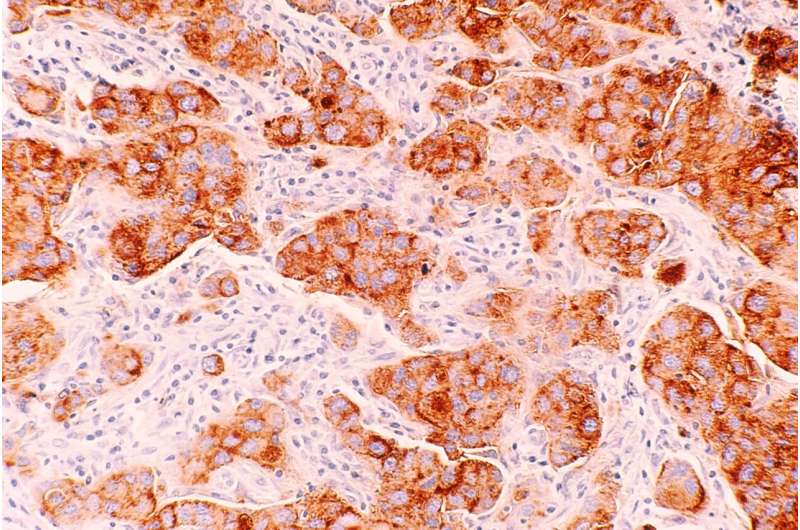Osteoarthritis Management: Bridging the Gap Between Evidence-Based Guidelines and Real-World Practices

Recent research highlights a significant gap between osteoarthritis treatment guidelines and real-world practices, emphasizing the need for better adherence to evidence-based interventions like weight management and patient education.
Osteoarthritis is a common and debilitating condition that causes chronic joint pain, often impacting daily life and overall quality of life. The European Alliance of Associations for Rheumatology (EULAR) has developed comprehensive clinical guidelines for managing osteoarthritis, especially focusing on the hand, hip, and knee joints. These guidelines emphasize the importance of evidence-based interventions such as patient education, weight management, physical therapy, and appropriate medication use.
Despite clear recommendations, realities in clinical practice often diverge from these guidelines. Recent data presented at the 2025 EULAR Congress from the Austrian BLOAR registry shed light on this discrepancy. The registry, which analyzed the healthcare usage patterns of 1,716 patients with osteoarthritis, revealed that most patients are being treated mainly for knee osteoarthritis—over half of the cases—with significant proportions also suffering from hand and hip osteoarthritis.
The findings indicate that over 80% of patients suffer from moderate to severe disease, with many experiencing substantial pain during activity. Notably, while a high percentage of patients received consultations and physical therapy—either active (functional therapy) or passive modalities—the implementation of weight management strategies remains drastically low, with only about 10% receiving dietary or weight-loss support, despite strong guidelines advocating for such interventions.
Additionally, many patients resort to supplements like vitamins and plant-based products, which are not recommended by evidence-based guidelines. This reliance on non-evidence-based treatments highlights a significant gap in the application of proven therapies.
Valentina Schmolik and colleagues emphasize the need for increased awareness among healthcare providers regarding the importance of evidence-based management of osteoarthritis. Bridging the gap between guidelines and practice can lead to better patient outcomes. Efforts should focus on educating both clinicians and patients about effective strategies, including weight control and proper medication use, while addressing misconceptions that lead to the popularity of unproven treatments.
Improving adherence to clinical guidelines is essential for optimizing care and reducing unnecessary, non-evidence-based practices. Such alignment can significantly enhance the quality of life for individuals suffering from osteoarthritis and ensure healthcare resources are utilized effectively.
Source: https://medicalxpress.com/news/2025-06-osteoarthritis-evidence-based-therapies.html
Stay Updated with Mia's Feed
Get the latest health & wellness insights delivered straight to your inbox.
Related Articles
Potty Pressure: Insights into the Challenges of Toilet Training for Parents
Many parents face challenges during toilet training, with one in five experiencing child's potty anxiety and difficulties in the process. Learn strategies to support your child's developmental milestone.
How Cell Metabolic Communication Hampers Anti-Tumor Immune Responses
New research reveals how cancer cells manipulate neighboring cells’ metabolism, promoting immune suppression and tumor growth, opening potential pathways for improved cancer therapies.
Calling for Cultural Shift to Reduce Burnout in Pharmacy Education
A recent study highlights the urgent need for cultural change in pharmacy education to address faculty burnout and improve workplace support, emphasizing tailored strategies and ongoing interventions.



